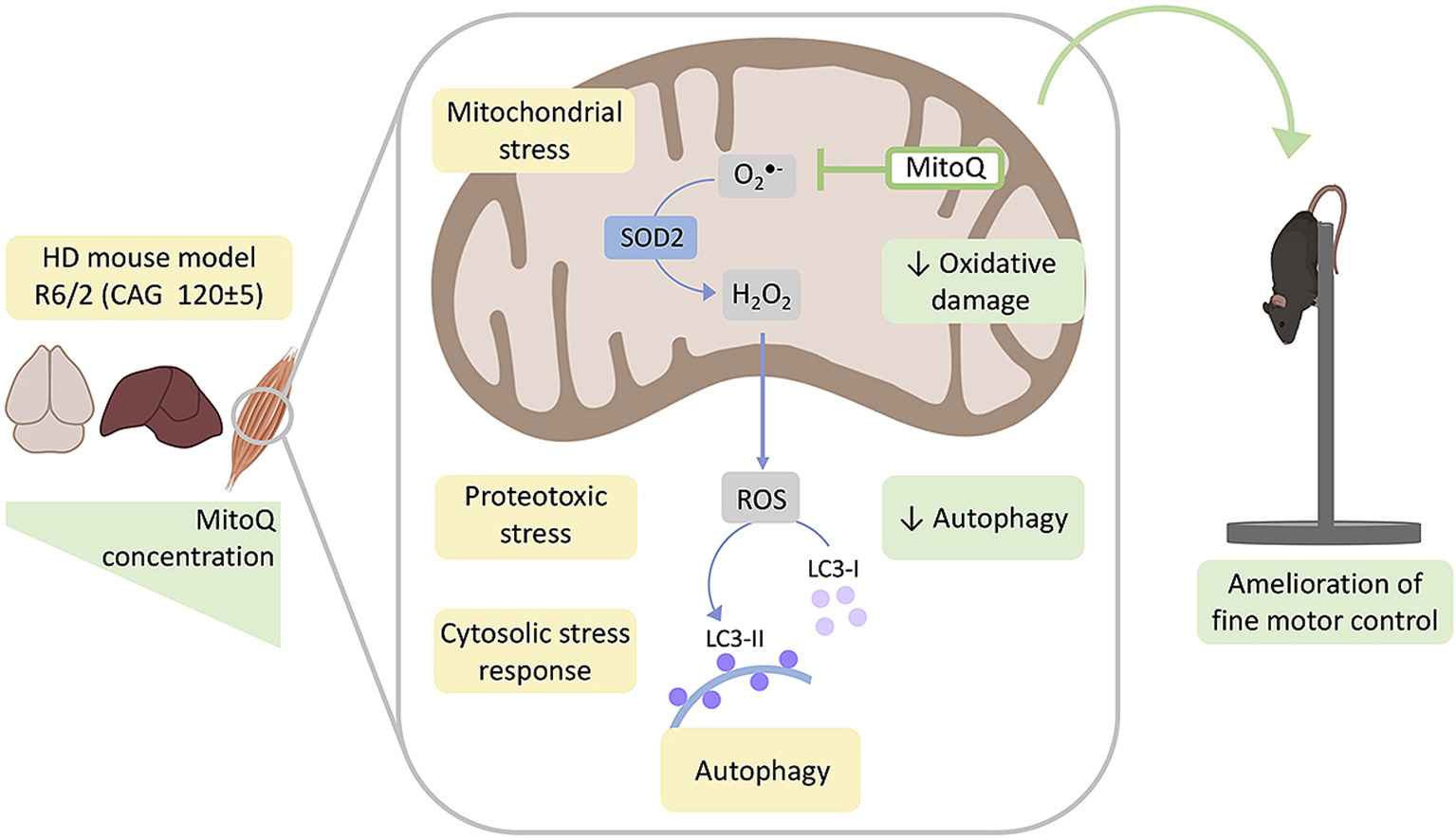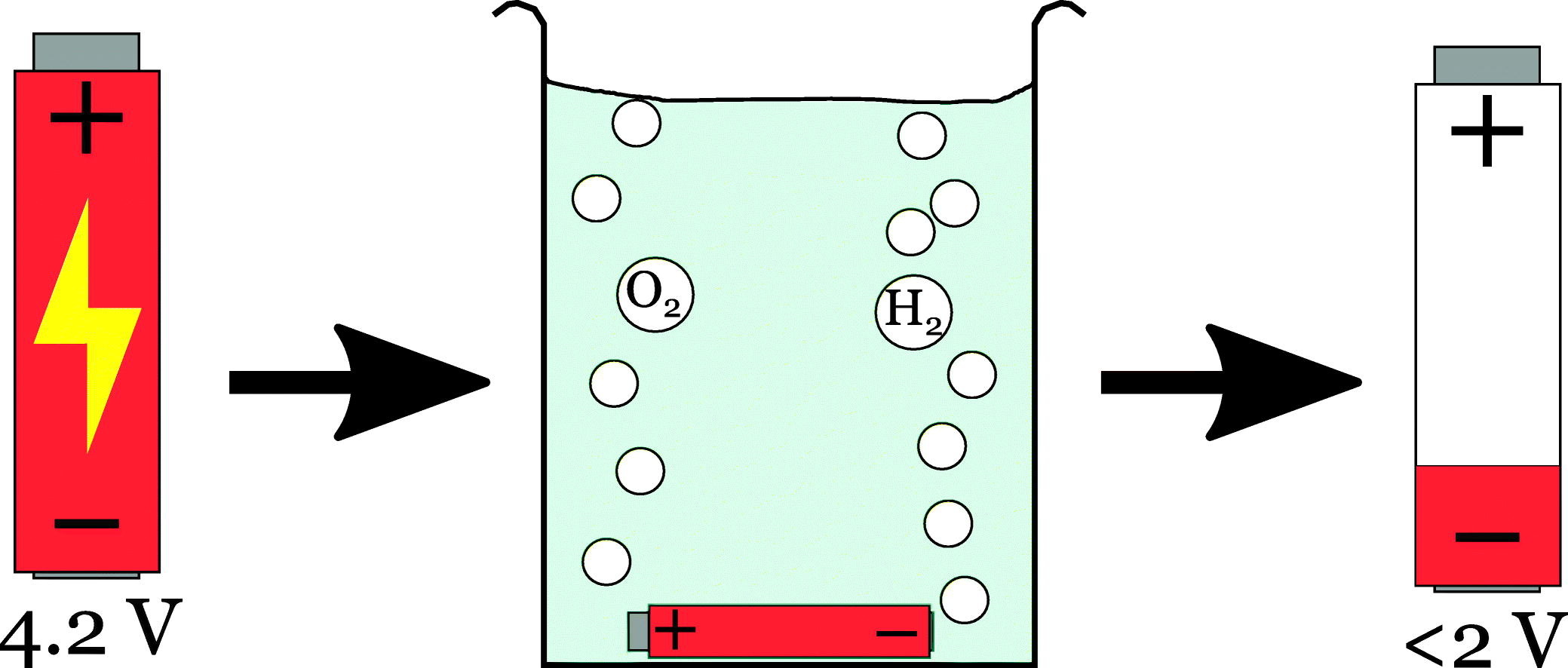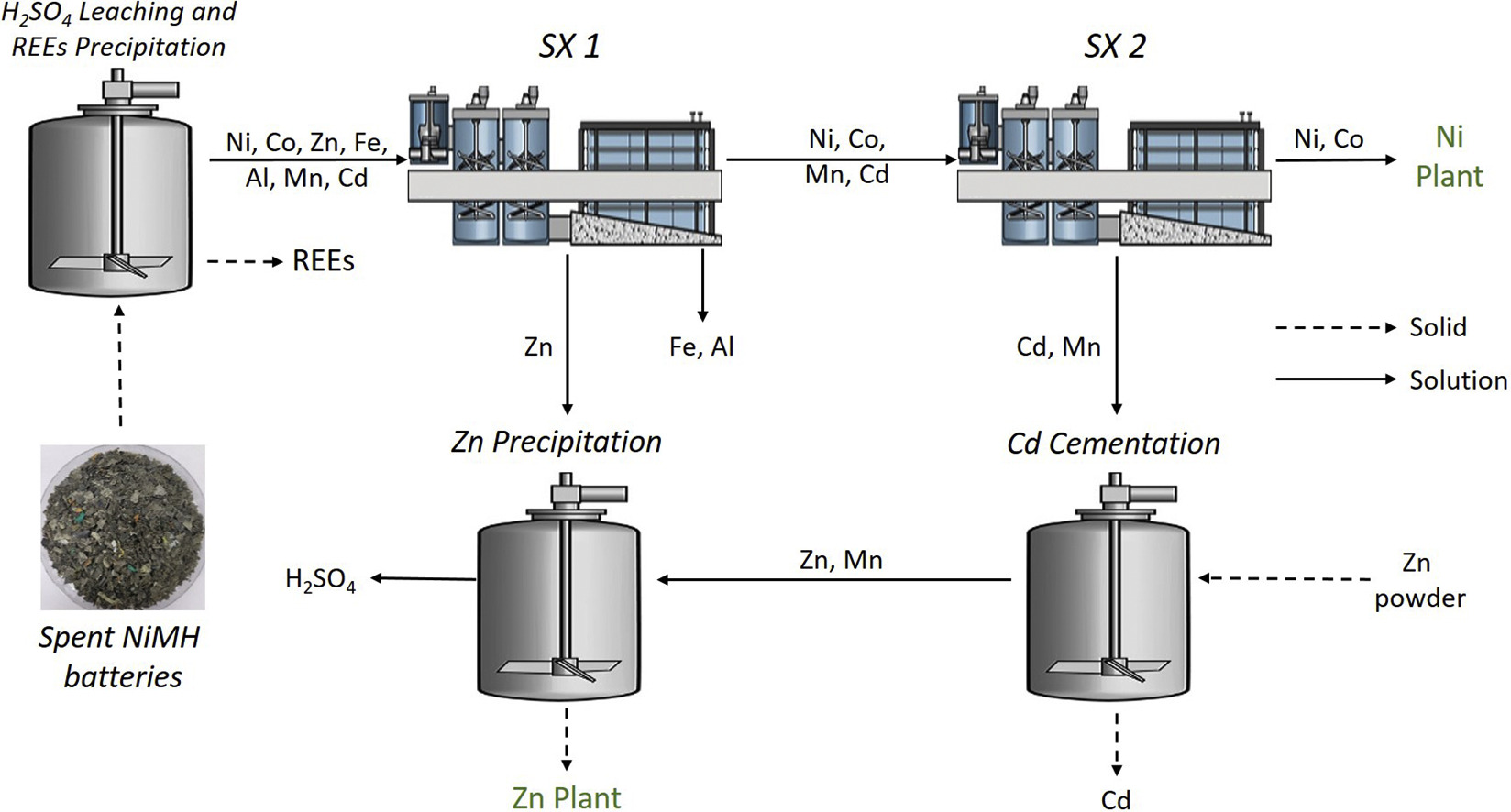Elsevier,
Agricultural Internet of Things and Decision Support for Precision Smart Farming, 2020, Pages 1-33
This chapter explores how using technology and precision farming can improve yields while protecting the earth's resources, advancing SDGs 2 and 12.
Abnormal protein homeostasis (proteostasis), dysfunctional mitochondria, and aberrant redox signalling are often associated in neurodegenerative disorders, such as Huntington's (HD), Alzheimer's and Parkinson's diseases. It remains incompletely understood, however, how changes in redox signalling affect proteostasis mechanisms, including protein degradation pathways and unfolded protein responses (UPR). This article addresses this open question by investigating the interplay between redox signalling and proteostasis in a mouse model of HD, and by examining the in vivo effects of the mitochondria-targeted antioxidant MitoQ.
National statistics are an essential component of policy making. Yet many national statistical systems face challenges in collecting, producing, analysing and disseminating the data required for sustainable development. Furthering SDGs 10 and 15. This report introduce a pioneering approach to capacity development – Capacity Development 4.0 – that brings together new data stakeholders, does more to involve users and promotes a holistic view of statistical capacity development.
This book chapter addresses goals 9 and 12 by describing recycling methods including primary, mechanical, chemical and quaternary, to create new valuable products from plastic wastes and keep them out of landfill.
Elsevier,
Emerging and Reemerging Viral Pathogens, Volume 1: Fundamental and Basic Virology Aspects of Human, Animal and Plant Pathogens, 2020, Pages 127-149
This book chapter addresses goals 3, 13 and 15 by discussing the coronavirus family (Coronaviridae) as a species specificity and interspecies transmission.
Background: Metabolic syndrome is characterised by a clustering of metabolic risk factors including abdominal obesity, raised triglycerides, lowered HDL cholesterol, hypertension and impaired glucose tolerance. Multifaceted lifestyle interventions including diet and exercise are recommended as the first-line treatment for the metabolic syndrome. Objective: To investigate the effects of lifestyle interventions that include both diet interventions and supervised exercise on outcomes for people with metabolic syndrome. Methods: A systematic review and meta-regression was conducted.
Global warming, air pollution, and energy insecurity are three of the greatest problems facing humanity. To address these problems, we develop Green New Deal energy roadmaps for 143 countries. The roadmaps call for a 100% transition of all-purpose business-as-usual (BAU) energy to wind-water-solar (WWS) energy, efficiency, and storage by 2050 with at least 80% by 2030. Our studies on grid stability find that the countries, grouped into 24 regions, can match demand exactly from 2050 to 2052 with 100% WWS supply and storage. We also derive new cost metrics.
The development of mass-market electric vehicles (EVs) using lithium-ion batteries (LIBs) is helping to propel growth in LIB usage, but end-of-life strategies for LIBs are not well developed. An important aspect of waste LIB processing is the stabilisation of such high energy-density devices, and energy discharge is an obvious way to achieve this. Salt-water electrochemical discharge is often mentioned as the initial step in many LIB recycling studies, but the details of the process itself have not often been mentioned.
The utilization of existing metallurgical infrastructure and integration of secondary process streams into primary metals production can provide advantages over separate recycling plants. This paper focuses on the integration of a pregnant leach solution (PLS) into a nickel production plant that contains Ni, Co, Zn, Mn, Fe, Al and Cd ions, derived from a NiMH recycling stream.



